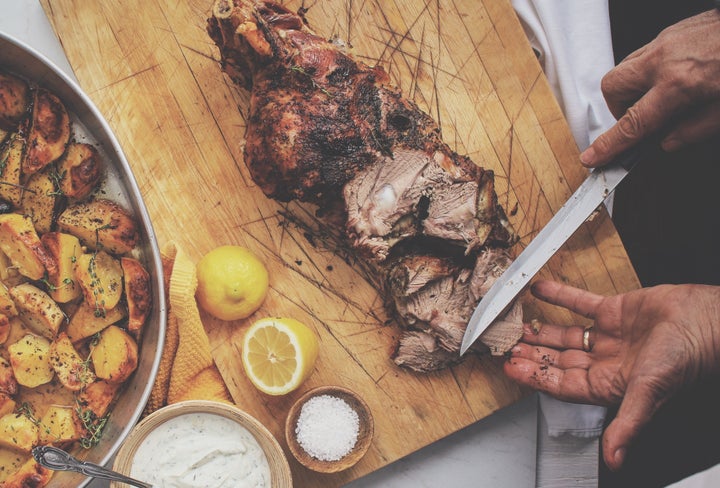
Food tours can be a brilliant and authentic way to discover a destination!
While building Altertrips, we’re constantly working with tour guides who are in need of our services. Some of them are seasoned food tour guides who know and love their food with the same ardor as they love their cities and meeting new people from across the world. They talk enthusiastically about old and new eateries that have popped up in New York City or Mumbai or Ubud. They also show a distinct interest in sharing their knowledge with whoever that wants to listen.
At the same time, we meet food bloggers and new entrepreneurs who want to monetize their expertise and gain control of their finances by starting their own food tours. And we’re always met with questions like:
- Where do I even start?
- Do I have to know all the chefs and cooks?
- How long should a tour last?
- How do I market my tour?
So we’ve decided to put up a series of articles and accounts on the blog, that will:
- help new business owners identify their strengths and set up their services
- help seasoned guides and host with marketing and sales channels
- highlight strategies, tips and tricks from experts.

Here are 7 ways to design a great food tour in a city you know and love!
1. Planning a good mix
A well-planned itinerary is hard to beat.
Any research that goes into finding out about the best local eateries, opening and closing times, distances between one another, the best items on their menus, authentic items they can boast about, capacities during specific times, are all essential to planning a great food tour. Meticulous planning can obviously take quite a bit of time, and chances are that your first tour may take place after weeks or even months of research.
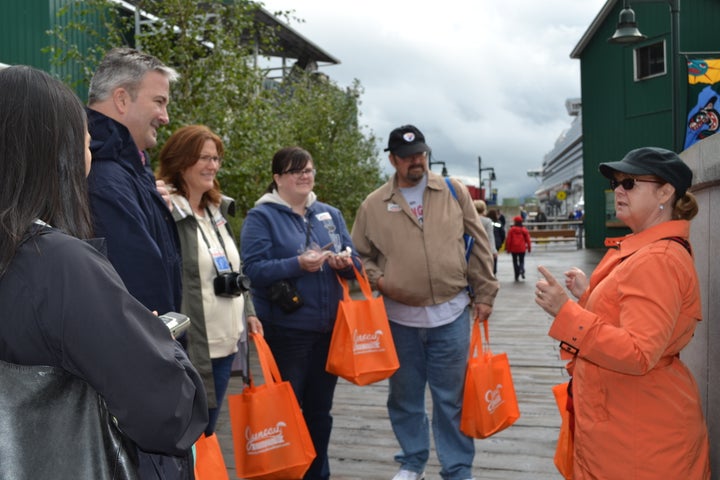
Midgi Moore in action, at the Fisherman’s Memorial, Juneau Food Tours, Alaska
“I spent months planning the first tour. Those six months were spent planning, researching, writing the script, recruiting guides, negotiating with partners, and marketing.” — Midgi Moore
Many food tour providers also customize their tours for certain groups of foodies, which has excellent marketing prospects as well. If you’re just starting out in the food tour industry, you may want to consider tailoring tours to suit requests.
“I remember a special foodie from Chicago, USA, along with a group of his friends, had planned a tour for a whole week of food experiences in Lima. he also wanted to meet with all his favorite chefs. We had a Skype chat, emails back and forth and long distance telephone calls. It was awesome actually to learn so much about a group of guests. It was in my first year of the food adventures and it was a pleasure customising an experience for him.” — Ericka la Madrid, Delectable Peru Tours
2. Physical Activity
It’s important to know that your tour will be available to people of all ages and background. If you’re walking the entire route, then it is important to ensure that your guests don’t tire out in the middle of the tour.
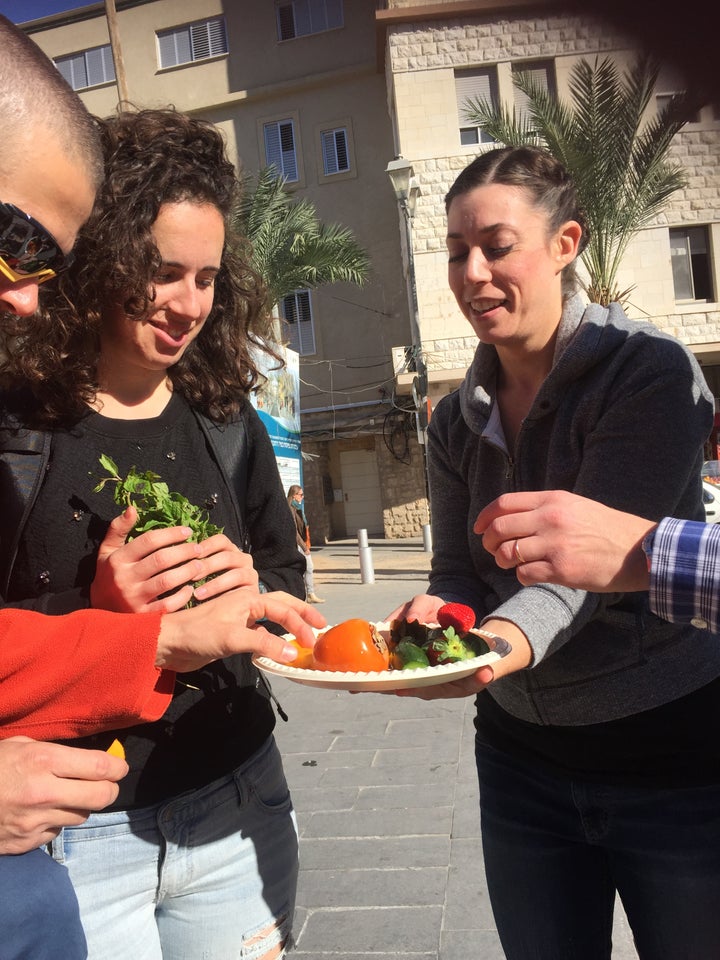
Jessica Halfin, Haifa Street Food Tours, Israel
Jessica Halfin of Haifa Street Food Tours says, “One has to consider balancing between how much food people can handle eating, with what fits into our food story (in our case, we want to show a wide variety of Israeli street foods and food that Israelis eat on a daily basis). For some people, 10 stops is a lot of food! We want to satisfy our guests, but not make them uncomfortably full. Luckily for us, we pair a generous amount of food with a few hours of light walking, and a changing scenery along the way to make the food stops highly anticipated and enjoyable.”
Decide on how much time you want to spend at one stop. Anticipate busy-ness of a particular time and try out multiple routes, and the best thing to do would be to run a few mock/practice tours with your friends and family to ensure they’re able to walk the distance while stopping and eating or drinking.
3. Prudent with Timing
Janis Borroto and Alessia Aron has been running Jersey Girls Food Tours since 2014, and they pin-point to timing as one of the most important factors to take care of while planning a food tour.
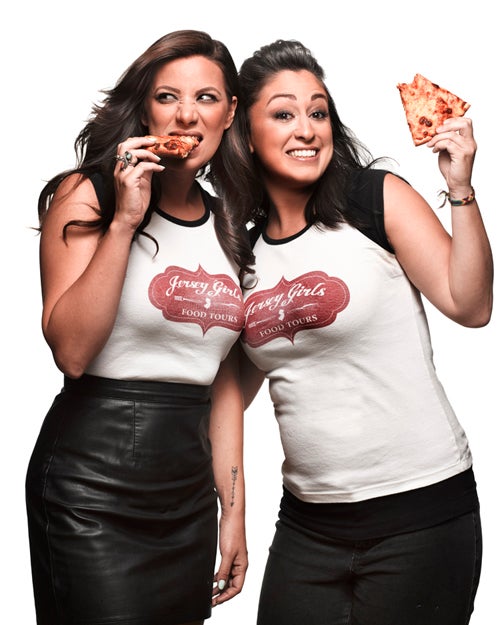
Janis Borroto and Alessia Aron of Jersey Girls Food Tours
“Scoping out the eateries, sampling the food, talking to the chefs, owners and managers and then planning EXACTLY what you want guests to experience the minute they walk in. Building that relationship could take a little bit of time. But once established, things flow pretty well. Timing is determined by how many stops there are on the tour. Unlike some other companies, we do not want to rush through the stops. Ours are more sit-down for the most part so we factor about 20–35 minutes at each location and then we factor in walking time which is no more than 8 minutes in between in each stop. Opening and closing times of restaurants is a big one. We have to move places around sometimes to accommodate that.” — Alessia Aron, Jersey Girls Food Tours, New Jersey
Getting the timing right is not as simple as it may seem while planning. A major stop may be serving full covers when you get there, or maybe completely shut due to circumstances, and this will put a kink in your carefully planned tour.
“Timing is everything. And it depends on the food, the location, and the dining style. For example, at one location, which is a retail stop, we have smoked salmon spread, salmon caviar, and kelp marmalade. This is also a restroom stop, therefore we allow a few extra minutes. A good tour runs like clockwork and the guests should have no idea.” — Midgi Moore, Juneau Food Tours, Alaska
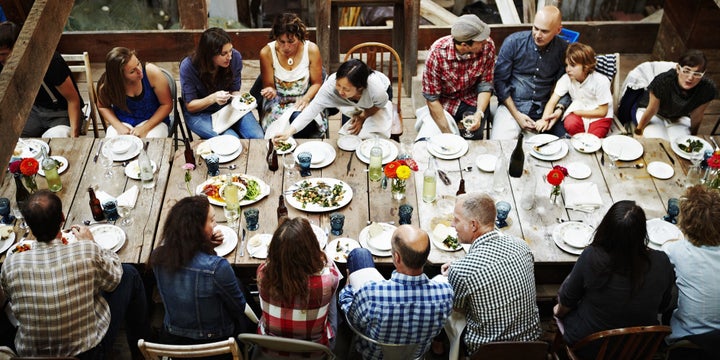
4. Storytelling & Atmosphere
Good narration has its own charm and keeps everything relatable. Measuring the atmosphere of the eateries that you want your guests to experience, and then working that into a narrative will improve your tours and set you apart from the competition by a mile.
“…we like to have an overall “theme” that runs through our tour. The tour itself tells a story of food culture in Marrakech. We also mix in food culture stops where we don’t eat but guests get a glimpse at how things come to be.” — Amanda Ponzio-Mouttaki, Marrakech Food Tours
Dig deep and find out the history of not only the restaurants or street food stalls, but also of the destination/city that you’re in. Talk about how its history and culture has shaped its food. Visit eateries that your story might include and ensure your guests to taste specific foods that have been around for a while, or dishes that are significantly connected to the narrative.

“The type of experience offered at each place. For example, we have restaurants that can seat over 200 people at a time and we have restaurants that can only seat 30. It definitely creates two different types of atmospheres. Whether the chef or owner is present is also a very important factor. The combination of different food offerings, atmosphere, walking distance to each other are all important factors in designing a good food tour.” — Janis Borroto, Jersey Girls Food Tours, New Jersey
A lot depends on who is actually leading the tour. Only in-depth knowledge of the food is not always enough, many tour guides also depend on their personalities, sprinkling the tours with personal anecdotes, lighthearted facts and such to hold their guests’s attentions.
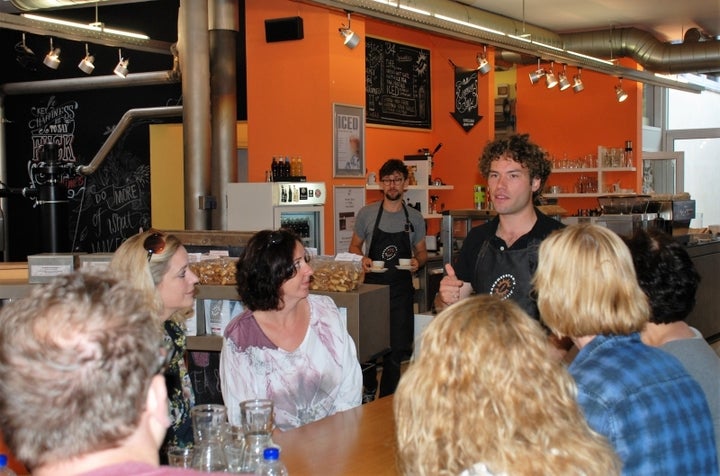
“Your personality is half of your success. When you are excited, happy and understanding about your own Tour than your guests will be as well.” — Kelly Geers, Haarlem Food Tours, Netherlands
5. Be an Insider
Guests paying for your services, love nothing more than to be in the company of an insider.
Get to know the people who run the eatery. The host, the staff, the waiters. Talk to them about what you’re planning and ask them how they can help. This is especially useful if you’re just starting off in the business. Get in touch with the owner or the chef. They’ll be all the more eager to help out with providing tasting plate or experience, if you point out the amount of exposure their shop will be receiving with tourists from all over the world.
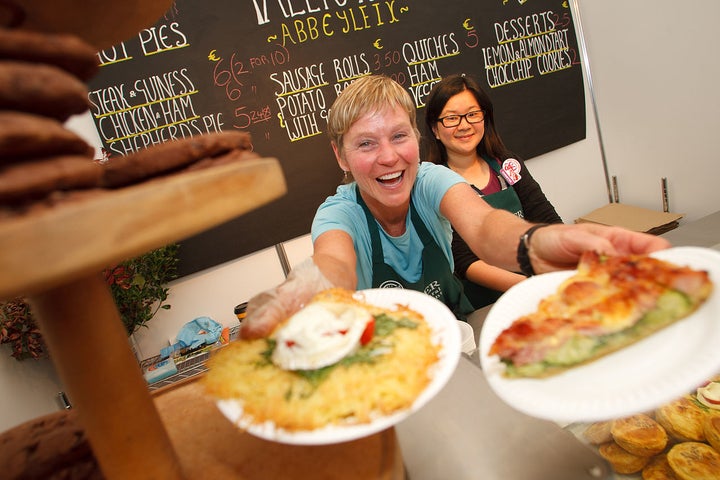
“When the owners are not busy and are able to speak, even if only briefly, to the tourists, it adds a lot to the tour, and I continue to learn new things as well. Even if they are not able to speak, but simply say hi, it adds an aura of authenticity, and also makes the tourists feel welcomed, appreciated and in the midst of an authentic experience.” — Joel from Fun Joel’s Israel Tours, Israel
6. Attention
It’s important to pay individual attention to each and every one of your guests. A question might pop up while you’re in the middle of speaking, or more importantly a dietary requirement may need prompt attention.
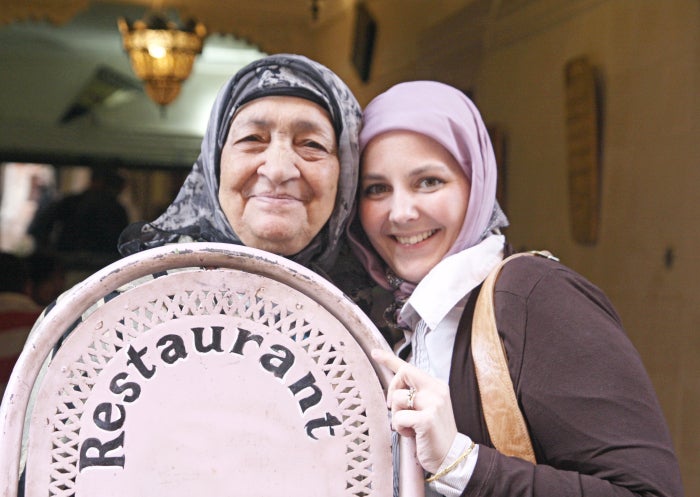
Amanda Ponzio-Mouttaki, Marrakech Food Tours
“We take food tours all over the world and see what we like or don’t like and how we can apply that to our tours. For example, we did one tour that ended very far from where we started and the guide left us on our devices to find our way back to the hotel. That really tainted our experience. So we go out of our way to always make sure our guests finish where they started or we take them back to where they need to go.” —Amanda Ponzio-Mouttaki, Marrakech Food Tours
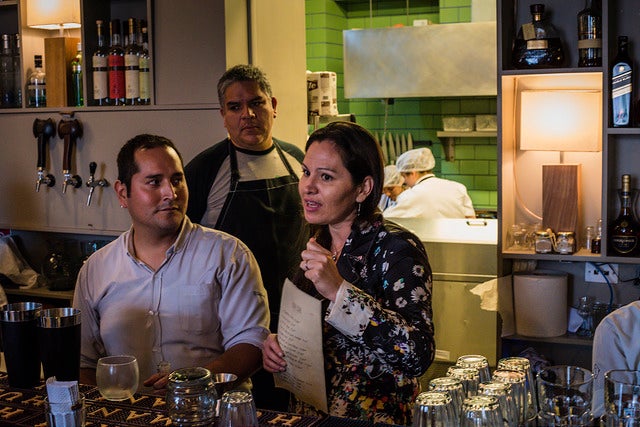
Ericka La Madrid of Delectable Peru Tours
Ericka La Madrid of Delectable Peru Tours agrees, “ The most important factor is considering each individual’s preferences and if they have any kind of food allergies. Peru offers so many options and variety of foods. We have meat lovers. fish lovers, Vegetarians, vegans you name it. We love the fresh fruits, vegetables. We follow a farm-to-table philosophy when it comes to food. We try and educate our guests on the same philosophy as much as possible while still paying attention to their preferences.“
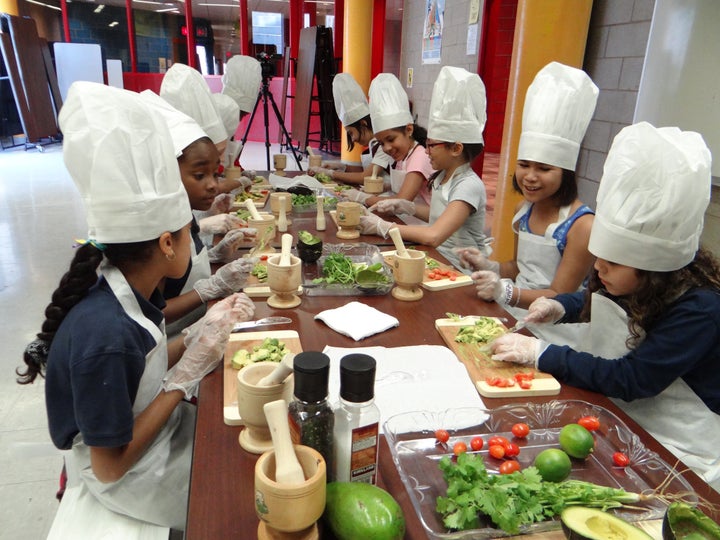
7. Flexibility
During our closed beta trials, we interviewed 200 hundred travelers who always sample local food wherever they go, and almost 84% of them agreed that they’d ask a guide to customize a tour according to their requirements, if need be.
Flexibility & customization is proving to be one of the most demanded feature by any savvy traveler. One of the biggest boost you can give to your food tour business is make it as flexible as feasibly possible. That means going out of the way to get to know a little about your guests before they come visiting.
“I find that my tours are always growing and changing, and we are always adjusting according to our guests. Luckily for us, street food restaurants are a lot more flexible than fancy restaurants, so we are able to take our time, or pop-in to our next stop ahead of schedule without any time pressure. Similarly food items on the tours are adjusted to the taste or preferences of the clients, which also allows us to ward off any boredom, and to get to know all of our vendors’ food selections well.” — Jessica Halfin, Haifa Street Food Tours, Israel
*****
After at least 50 full food tours around the world and after hours of listening to what makes a tour tick, we know that a great food tour is more about the “Why?” than anything else.
There will always be someone waiting to show tourists around a destination to let them experience food, but think of why should someone choose you over anybody else?
Historical food spots, authentic dishes, easy-flowing conversation that enhances the theme and genuine eateries that are equally passionate about food as you and your guests are, are the secrets!
We’d love to hear more about tips on local tours that new guides may find useful, so don’t forget to leave a response!
*****
This article first appeared on the Altertrips blog.
